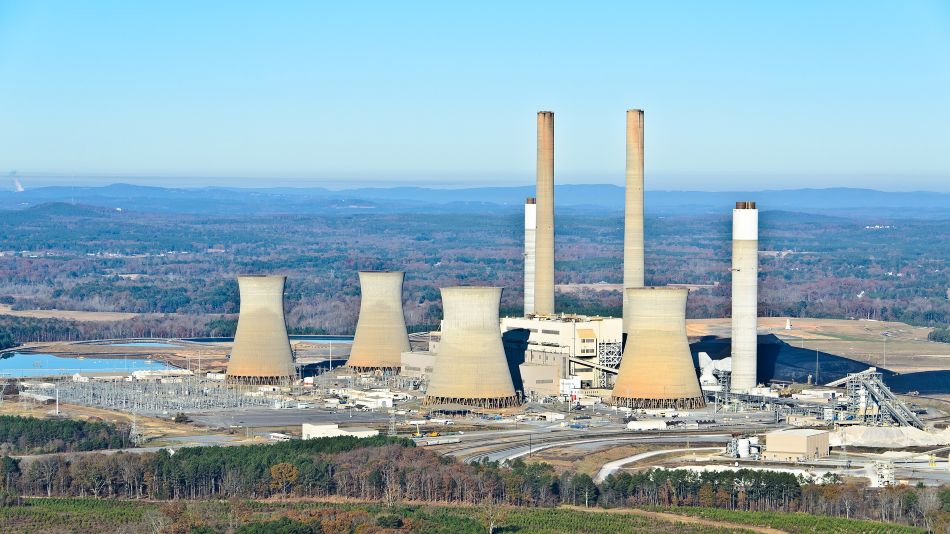DARPA "Ocean of Things" Project Awards Contract to Monitor Ocean Water with Floating Sensors
DARPA "Ocean of Things" Project Awards Contract to Monitor Ocean Water with Floating Sensors
The Defense Advanced Research Projects Agency (DARPA) has awarded a contract to carry out the next phase of its “Ocean of Things” project, which aims to monitor large areas of ocean through in-water floating sensors. Currently, there are about 4,000 Argo floating sensors worldwide. Each low-cost float is meant to last about a year in the ocean monitoring things like temperature and salinity before biodegrading. The floats are said to be environmentally friendly and do not use toxic materials.
The next step in the process is for DARPA to test thousand-float clusters off the coast of Southern California and in the Gulf of Mexico. The plan is to have one float placed every three square kilometers, though there is discussion around increasing the separation to twenty square kilometers. They are choosing to start more condensed to ensure adequate coverage is maintained.
As the lead Federal agency on the project, DARPA hopes to use the sensos for military and boarder protection, though they will also provide large amounts of data to oceanographers and other scientists as well. The Ocean of Things project, however, also has the adaptability to respond to emerging threats and be used as needed.
The project is similar to one previously deployed in the South China Sea, called China’s Blue Ocean initiative, though those sensors in the South China Sea are tethered in place and are made to last longer than DARPA’s initiative. At this time, the technology DARPA is using in this Ocean of Things project is meant to be adaptable into the future so that the program and sensors can be deployed for different purposes as need arises.



